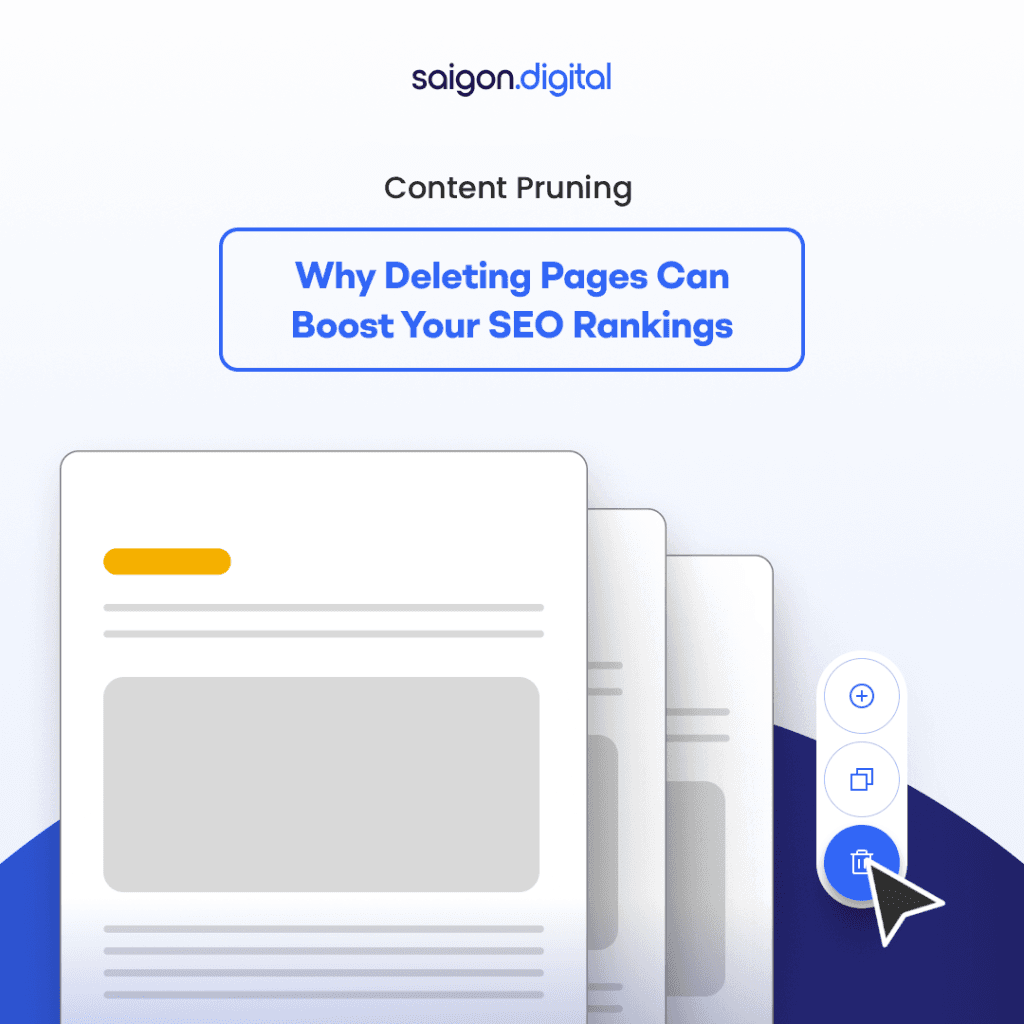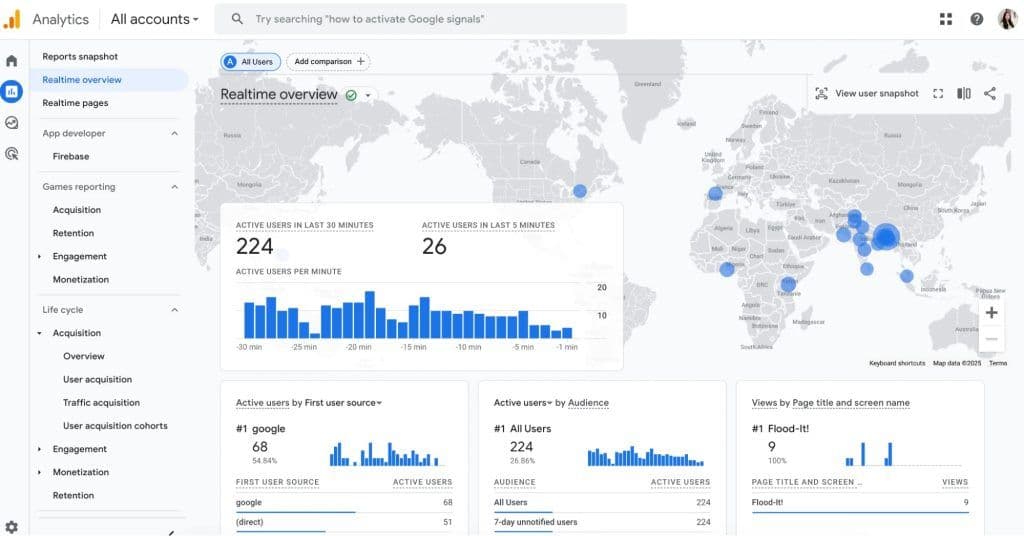
What is Content Pruning?
Content pruning is the process of auditing your website’s existing pages and removing or consolidating those that no longer serve a meaningful purpose. Just as gardeners trim unnecessary branches to help a tree grow stronger, businesses can “prune” weak, outdated, or underperforming pages to ensure their website remains healthy and competitive. This doesn’t necessarily mean deleting content blindly. Instead, it’s about carefully reviewing performance data and deciding whether a page should be updated, merged, redirected, or in some cases, removed entirely.Why Deleting Pages Can Improve SEO
It may feel uncomfortable to delete pages you’ve invested time and resources into, but here’s why pruning can actually help your SEO rankings.1. Improves Crawl Efficiency
Search engines like Google have limited time and resources (often referred to as “ crawl budget ”) to explore your website. If your site is cluttered with thin, duplicate, or irrelevant pages, search engines may waste time crawling them instead of focusing on your high-value pages. By pruning unnecessary content, you allow crawlers to prioritise what truly matters. Example: Imagine a website with 3,000 product pages, half of which are outdated or discontinued. Instead of forcing Google to crawl thousands of irrelevant pages, pruning them ensures the crawler spends its energy indexing products you still sell, thereby boosting their chances of ranking.2. Eliminates Keyword Cannibalisation
When multiple pages target the same keyword or when your site has duplicate content , they end up competing against each other in search results. This dilutes your visibility and makes it harder for Google to understand which page is most relevant. By consolidating similar articles or removing redundant ones, you signal to search engines which page deserves to rank. Example: Let’s say you run a travel blog and have three separate posts about “things to do in Hanoi.” Each attracts a trickle of traffic but none ranks well. Merging these into a single, comprehensive guide improves user experience and increases the likelihood of ranking higher.3. Enhances Site Authority
Not all backlinks are equal. If your website has hundreds of low-quality pages with little to no traffic, they dilute the perceived authority of your domain. A smaller, more refined site is easier for search engines to trust and reward. Think of it this way: a library filled with outdated pamphlets is less authoritative than one stocked with well-researched, relevant books.4. Boosts User Experience
Ultimately, SEO is about providing the best possible experience for users. Landing on irrelevant or thin pages frustrates visitors and increases bounce rates, which are signals that can hurt rankings. A clean, well-pruned site ensures users find what they’re looking for faster, keeping them engaged and more likely to convert.When Should You Prune Content?
Content pruning isn’t about deleting for the sake of it. Instead, it’s about identifying which pages genuinely add value and which ones don’t. Here are some scenarios where pruning is often beneficial:- Outdated information: Pages with content that is no longer accurate or relevant.
- Low traffic over time: Pages with little to no visits in the past 12 months.
- Duplicate or near-duplicate content: Articles or product listings that overlap heavily.
- Thin content: Pages with fewer than a couple of hundred words and no unique insights.
- Expired services or products: Landing pages for offerings that no longer exist.
How to Start Content Pruning
At Saigon Digital, we recommend following a structured process that ensures you’re making informed decisions rather than removing content blindly. Here’s how to approach content pruning effectively:1. Audit Your Content
The first step is to understand what you already have. A thorough content audit allows you to see how each page is performing in terms of traffic, rankings, and engagement. Tools such as Google Analytics, Google Search Console, or crawling software like Screaming Frog can help you identify which pages are pulling their weight and which ones may be holding you back. This baseline data is essential before making any decisions.





